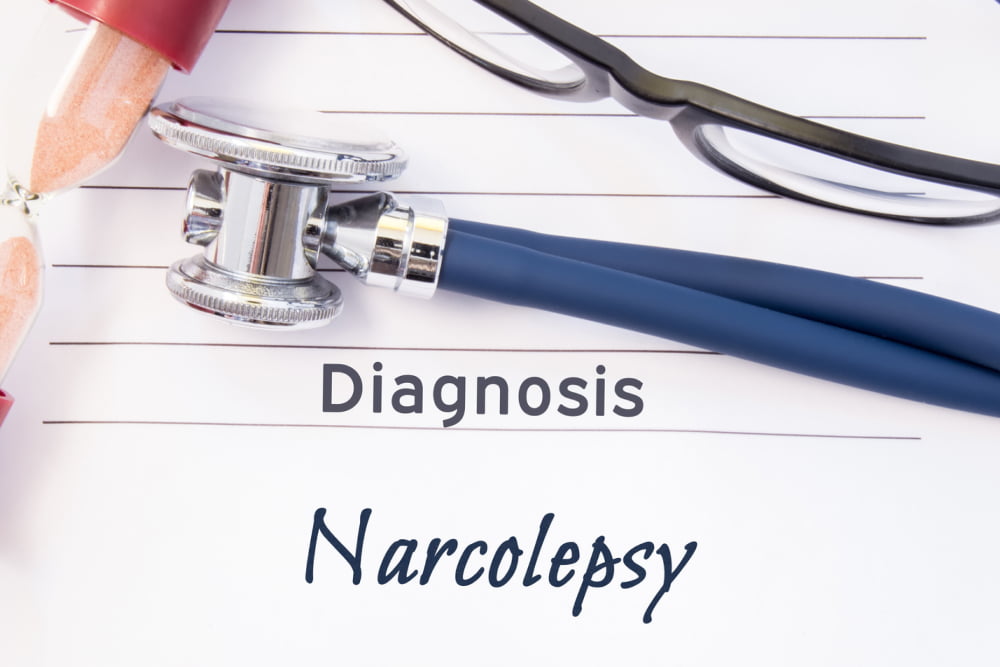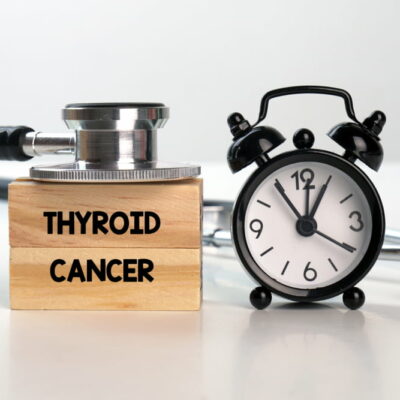
7 Primary Symptoms of Narcolepsy
Narcolepsy is a type of sleep disorder that triggers an overwhelming urge in individuals to fall asleep during the day. As this condition is uncommon, most people are unaware of its causes and symptoms. Fortunately, narcolepsy is curable, but given the severity of symptoms, it can severely disrupt one’s life and interfere with one’s mental health and relationships. Thus, it is vital for one to learn the primary symptoms of narcolepsy to treat it adequately.
1. Excessive daytime sleepiness
It is the most prevalent and often the first narcolepsy symptom. People experiencing this sign fall asleep without any warning, anytime and anywhere. It may happen amid a task or when they are bored. For instance, one may be talking with friends or working and suddenly go into a slumber state. The problem becomes grave if such an incident happens while driving. People usually fall asleep for a few minutes, but it can go up to 30 minutes, and once they wake up, they feel refreshed but fall asleep in no time again.
Narcolepsy also impairs one’s focus and alertness during the day, as repeatedly feeling sleepy poses challenges to one’s function and focus. A few people with the condition continue performing the task even during sleep. For instance, they may fall asleep while driving, typing, or writing but continue to do the task during sleep. Moreover, they cannot remember what they did after they woke up. Often, it also degrades the quality of function.
2. Disturbed nighttime sleep
Also called sleep fragmentation, disturbed night sleep is another prevalent symptom in people with narcolepsy who wake up multiple times during the night. While most people feel sleepy throughout the day, they have trouble falling asleep or staying asleep at night.
3. Cataplexy
It is a condition that results in sudden muscle weakness that affects the knees, neck, and face. While most people experience mild muscle weakness, like a jaw or a head drop, others may collapse to the ground. Though this condition is temporary and lasts for a few minutes, it can result in falls or accidents. Cataplexy mainly stems from strong emotions like anger, laughter, or surprise.
4. Poorly regulated REM sleep
REM, or Rapid Eye Movement, sleep is the stage wherein one experiences vivid dreams with loss of muscle tone. Typically, it starts approximately 90 minutes after falling asleep. However, in people with narcolepsy, it can happen at any time of the day (mostly) within 15 minutes of falling asleep.
5. Sleep paralysis
Sleep paralysis is another common narcolepsy symptom wherein people are cognitively awake, but the body is locked in the REM sleep. Consequently, they cannot move for a few seconds to some minutes.
6. Hallucinations
At times, people with narcolepsy start seeing things during sleep paralysis. These things do not exist in reality and are only a figment of their imagination. However, hallucinations can also happen in bed without sleep paralysis. It is a hypnagogic hallucination if it occurs as one falls asleep, but it is a hypnopompic hallucination if one experiences it while awake. For instance, one may see a stranger standing in your room. Such hallucinations are frightening and vivid, as one is not fully asleep when the dream starts.
7. Automatic behaviors
People with narcolepsy who fall asleep amid an activity like driving or eating may continue to perform this activity for a few seconds or minutes without any conscious realization. It may also happen when one tries to avoid sleepiness. For instance, a student in the class might continue writing but only end up scrawling gibberish or lines on the page.


